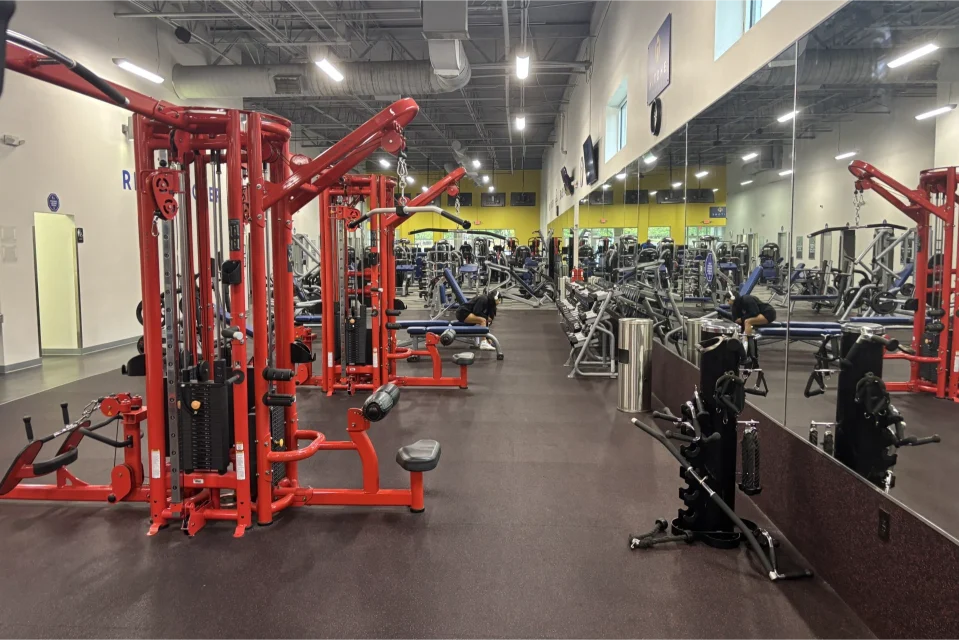When it comes to building a strong back, bodyweight exercises like pull-ups and chin-ups are absolute gold. They don’t just work your lats, they also engage your biceps, traps, shoulders, and even your core. The problem? They’re tough, and if you’re just starting, they can feel like climbing Everest without oxygen. But don’t worry, you’re not alone. Many people struggle to pull their chin over the bar on the first try. The key is starting smart and scaling up, so let’s dive into how you can build the strength and mobility to crush these exercises with proper form.
Why pull-ups and chin-ups are challenging
Pull-ups and chin-ups demand serious upper-body strength and coordination. For beginners, the struggle usually comes from:
- Weak lat muscles (these are the prime movers for pull-ups)
- Underdeveloped grip strength
- Insufficient core engagement (your body swings if the core isn’t tight)
- Range of motion and mobility issues (stiff shoulders can limit progress)
It’s totally normal if you can’t do a full pull-up or chin-up right away. In fact, forcing bad reps can lead to injury. The smart approach is building strength incrementally and practicing the movement pattern. Below are effective progressions to get you on the right track.
Step 1: Start with dead hangs
If your grip is weak, you’re already at a disadvantage. Start by practicing dead hangs:
- Find a pull-up bar and jump up so your hands are gripping the bar with your arms extended.
- Hang with your shoulders relaxed but avoid letting your body sag.
- Hold this position for 15-30 seconds to build endurance in your grip and shoulders.
Pro tip: If dead hangs feel too hard, try assisted hangs by keeping your feet lightly on a bench or chair for support.
Step 2: Master scapular pulls
A common mistake is using your arms more than your back. Scapular pulls teach you how to activate the right muscles.
- Grab the bar and hang with straight arms.
- Instead of pulling yourself up, retract your shoulder blades downward and lift your body just a bit.
- Slowly lower back to a dead hang.
Perform 8-10 scapular pulls to wake up your lats. This drill is essential for learning the pulling motion that leads to a full pull-up.
Step 3: Incorporate negative reps
Negative reps help build strength quickly because they focus on the eccentric (lowering) phase of the movement.
- Use a bench or jump up so your chin starts above the bar.
- Lower yourself as slowly as possible, keeping tension in your back.
- Aim to take 3-5 seconds on the way down.
Do 3-5 reps per set. This method builds pulling strength without needing to complete a full pull-up yet.
Step 4: Use resistance bands or assisted pull-ups
Resistance bands are great for giving you a little boost while still working the correct muscles.
- Wrap a band around the pull-up bar and place your knee or foot in the loop for support.
- Perform assisted pull-ups, focusing on keeping your form tight.
If bands aren’t available, you can use assisted pull-up machines at the gym or have a partner help lift you through the motion.
Step 5: Practice inverted rows
Inverted rows are an underrated back-builder and a great pull-up alternative for beginners.
- Set up a bar at waist height (or use rings).
- Lie under the bar and grip it with your hands shoulder-width apart.
- Pull your chest towards the bar, keeping your body in a straight line from head to toe.
Aim for 8-12 reps per set to improve your pulling mechanics and develop the upper-back strength needed for pull-ups. If you’re looking for more workout tips, check out our blog.
Final thoughts
Pull-ups and chin-ups are hard, no doubt about it. But with the right progressions and patience, you’ll get there. Start with foundational exercises like dead hangs, scapular pulls, and negative reps. When you focus on mastering the basics and gradually building strength, that first pull-up will come sooner than you think.







